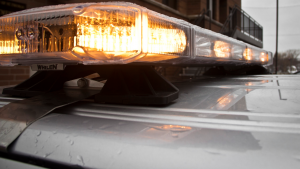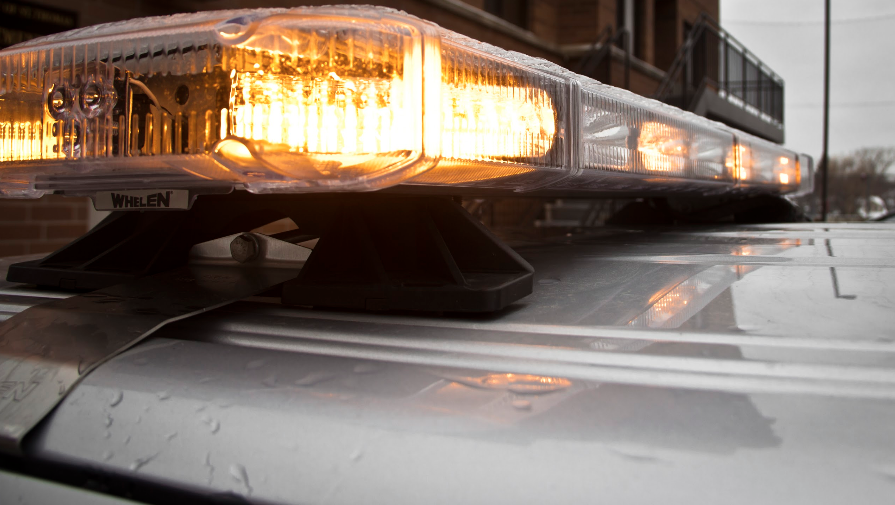As many St. Thomas students are preparing to hit the road for spring break, the Minnesota Department of Public Safety is warning them about potential dangers, especially for young people.
At least 12 people have been killed on Minnesota roads since Feb. 28, according to preliminary reports from the DPS. State Patrol Sgt. Jesse Grabow said there have been additional fatalities since those deaths were reported in the first 10 days of March.
The DPS reported young males ages 15-34 were involved in 29,186 of 54,050 crashes and 143 of 201, 72 percent, of fatal crashes in 2012. Of these crashes, the majority were due to driver inattention or distraction, failing to yield right of way, and driving at an illegal or unsafe speed.

“Having been young once upon a time, it comes down to: One, to some degree, we think it’s invincible and that it happens to others and not to ourselves; and two, we don’t think we’re going to get caught,” Grabow said.
Senior Alex Bernhardt said he and some friends are planning to drive to Florida for spring break and will take this warning into account.
“We’ll do our best to stay safe,” Bernhardt said. “We’ll always have two people awake at one time, so we’re not falling asleep at the wheel. It worked well for us last year, so I don’t forsee any problems happening.”
Lee Munich, a researcher with the Roadway Safety Institute, said distraction is a problem for young drivers.
“The more people that you have in a car … there is more likely to be distractions and so this is something of an issue,” Munich said.
Sophomore McKaela Laxen said she maintains a balance between socializing and being cautious of slippery roads while driving.
“I usually just stay focused on the road,” Laxen said. “I’ll join in on the conversation, though. It’s especially dangerous during the winter when you have less control on the roads.”
Sophomore Andy Hobday said he thinks attentive driving would prevent a large majority of crashes.
“When people are driving they should pay attention to what they’re doing. People feel safe in a car, but the reality is, they should still be careful,” Hobday said. “I try to have everyone wear their seat belts.”
Munich said the seat belt plays a huge role in both driver and passenger safety.
“The most important thing I can say is wherever you are traveling, always wear your seat belt. Always, always, always,” Munich said. “That ought to be a bottom line thing. You shouldn’t ride in the car with someone if they’re not wearing a seat belt. If you’re the driver, you should say, ‘The car doesn’t move until everybody’s got their seat belt on,’ and it may be embarrassing sometimes … but that’s probably the problem spot.”
Grabow said many of these crashes happen in rural, outstate areas, especially in months like March, when road conditions are unpredictable.
“When I talk about March Madness, it has nothing to do with basketball and everything to do with car crashes,” Grabow said.
When making long or short road trips, Grabow said staying safe comes down to four things: paying attention, driving according to conditions, always buckling up, and not drinking and driving.
Traffic fatalities like those of the three Carleton students who were killed driving to a frisbee tournament early this month have drawn extra attention to the ever-present issue.
“Is it out of the norm? We’re ahead of last year, but we want to do whatever we can to reduce the number of fatalities on the roadways. One fatality is too many, and we want to do whatever we can to prevent these from happening,” Grabow said.



